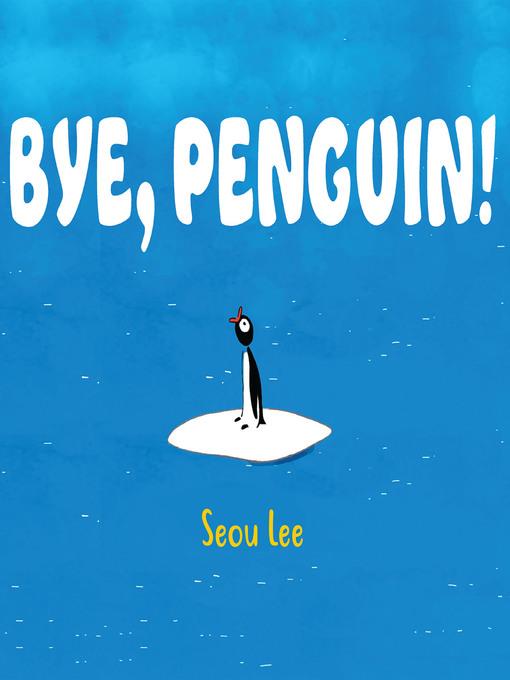
Bye, Penguin
کتاب های مرتبط
- اطلاعات
- نقد و بررسی
- دیدگاه کاربران
نقد و بررسی

July 15, 2020
This nearly wordless narrative traces a penguin chick's solo voyage around the world. The opening scenes depict a frozen, black, white, and gray world populated by penguins of various sizes and dispositions. The protagonist, not a fuzzy chick but a bit smaller than the adults, stands alone on the other side of the gutter near the water, orange beak grasping a fish. All heads turn toward the sound "Snick!" whereupon firm land becomes an ice floe, and the young one drifts off, crying out in distress. While the current is unstoppable, the unwilling traveler is soon distracted by the green southern lights that suddenly fill the sky. The penguin is eventually greeted by the outstretched arms of the Christ the Redeemer sculpture in Brazil and, a page turn later, the Statue of Liberty in America. The dappled Mediterranean light fills the background as the floe passes a blue-domed church in Greece before mingling with sailboats near the Sydney Opera House. (Locations are not identified, but the impact of miles covered is felt.) Lee's compositions achieve a pleasing harmony between the emotional clarity of her caricature linework and softer effects in her panoramas. When the hero, bedecked with a lei, glides home on an orange-red surfboard and the page turn reveals a brown-skinned surfer contemplating an ice sliver, the subtle message of global warming is left to readers to discuss or not. Children will relate to the pangs of separation and rejoice in the sweetness (and humor) of reunion. (Picture book. 3-7)
COPYRIGHT(2020) Kirkus Reviews, ALL RIGHTS RESERVED.

August 24, 2020
With a “Craaaack” and a “Snick!”—the only text in animator Lee’s otherwise wordless story—a little penguin suddenly floats away from its colony on a small ice floe. As it leaves behind a home that’s rendered in black-and-white (except for the penguin’s own jaunty bright orange beak), shock and sorrow give way to wonder and color: the ink and watercolor–style digital cartoons portray a shimmering green aurora, a gawk from Rio’s otherwise majestic Christ the Redeemer statue, azure and turquoise seas, and a “wave” from the Statue of Liberty, which the penguin returns with aplomb. The only human in the story, a young surfer, appears near a warm island just as the floe’s shrinkage become untenable; when next seen, the penguin arrives back at the colony on a red and yellow surfboard, while the board’s former owner stares at the tiny piece of ice garnered in exchange. Readers attuned to climate change’s impact on the polar regions may expect a more substantial message, but Lee sticks to her plot—winningly winsome, and bound to elicit laughs. Ages 4–7.

October 15, 2020
Preschool-G In Lee's wordless picture book, a young penguin is so absorbed in eating a fish that he doesn't notice that the slab of ice he's standing on has become detached from his homeland. When he realizes he's floating away, he's too shocked, too far away, and too scared to swim home. His ice block takes him on a world tour where he views the aurora australis, the Christ the Redeemer statue, the Statue of Liberty, the Sydney Opera House, and a Greek Orthodox bell tower in the Mediterranean. The ice stays surprisingly solid until he enters the waters of a tropical island, where, upon encountering a native boy, Penguin makes an ingenious trade that leads to a happy ending. Penguin's home and community members are featured in stark black and white while the landmarks he passes are brightly colored, and small details add to the charming pictures. Children will sympathize with the youngster's abrupt separation from family and rejoice in the story's conclusion.(Reprinted with permission of Booklist, copyright 2020, American Library Association.)

























دیدگاه کاربران